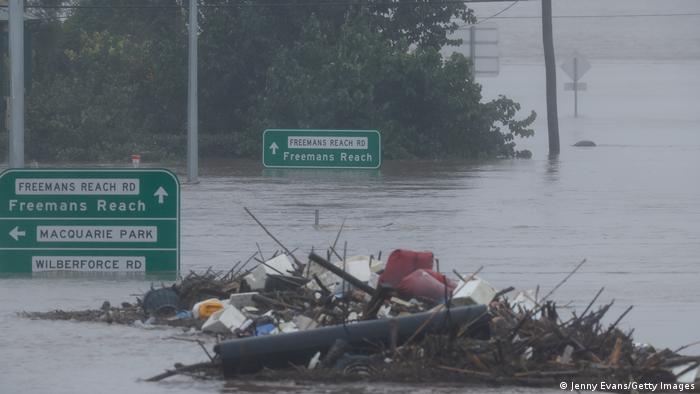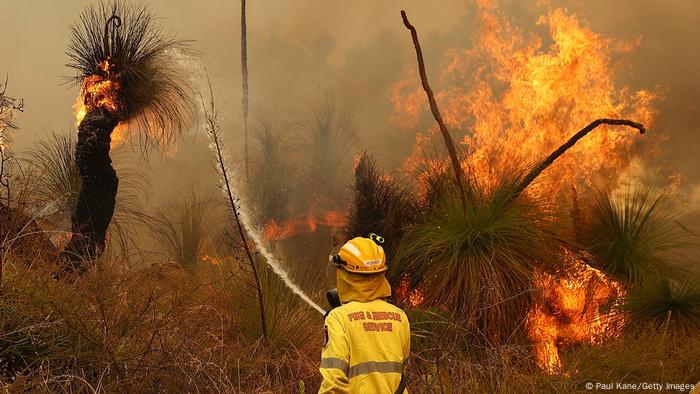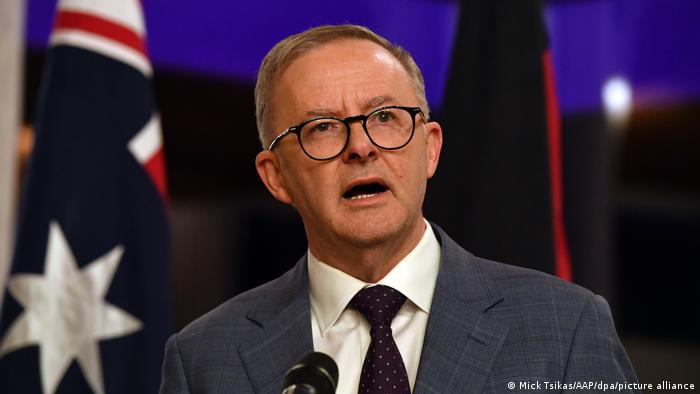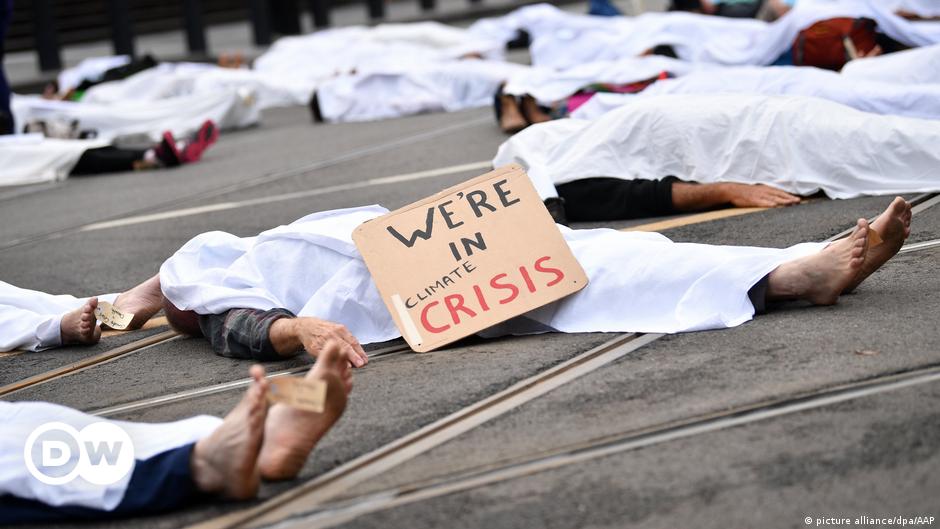The number of endangered species in Australia has increased by eight percent in the past five years. In addition, the pressure on all ecosystems on the continent is increasing due to climate change. These are some of the dramatic findings of the highly anticipated State of the Environment Report 2021 in Australia. The inventory, which is carried out every five years, was published by the Department of the Environment in Canberra.
Australia’s nature suffers extremely
More than 30 experts had collected data on all aspects of the Australian environment for two years. The frightening balance of the researchers: Since its colonization in 1788, 39 species of mammals have become extinct – more than on any other continent. At the same time, 80 percent of the country’s nearly 400 mammal species live only in Australia, including koalas, wombats and the egg-laying platypus.
The habitat of wild animals, including koala bears, is disappearing more and more
–
Since the publication of the last report in 2016 alone, 17 species of mammals, 17 species of birds and 19 species of frogs have been included in the list of threatened species or have now been classified as “threatened with extinction”, the researchers continue. Overall, the number of endangered animal and plant species has increased from 1774 to 1918 in the past five years.

Not only periods of drought, but also floods (here near Sydney in early July) are increasingly affecting Australia
–
One of the main reasons is the loss of natural habitat. According to the report, around 7.7 million hectares of land were cleared in Australia between 2000 and 2017. But the devastating bushfires of 2019-2020 also hit the flora and fauna hard. ‘Overall, the state and development of Australia’s environment is poor and continues to deteriorate due to increasing pressures from climate change, habitat loss, invasive species, pollution and resource extraction,’ the report says. This has a negative impact not only on people’s health, but also on their standard of living and their cultural and spiritual fulfilment.

Bushfires near Perth (archive image)
–
More and more demands for a new climate policy
Scientists, environmental groups and the country’s media described the results as “shocking” and spoke of “catastrophic losses of wildlife and habitats”. The report must be a wake-up call for the government to step up carbon emissions reductions to curb climate change. Habitat protection laws need to be revised and more money invested in species protection.

The new Prime Minister Anthony Albanese promises a new climate policy
–
The conservative government of Prime Minister Scott Morrison, which was voted out in May and was heavily criticized for its passive attitude towards environmental policy, had already received the report in December 2021 but withheld it because of the forthcoming general elections. The new Labor government under Prime Minister Anthony Albanese, on the other hand, has made the fight against climate change a key item on its agenda.
Environment Minister Tanya Plibersek said the report reflected “more than a decade of inaction and willful ignorance”. “If we continue as we have been, we will see more endangered species, we will see drier rivers, we will see degraded landscapes, we will see reefs die off,” she told reporters. The path that Australia is still on is not sustainable.
Australia is one of the world’s largest coal exporters and has one of the highest CO2 emission rates per capita.
qu/fab (dpa, afp, rtr, ap)
–

